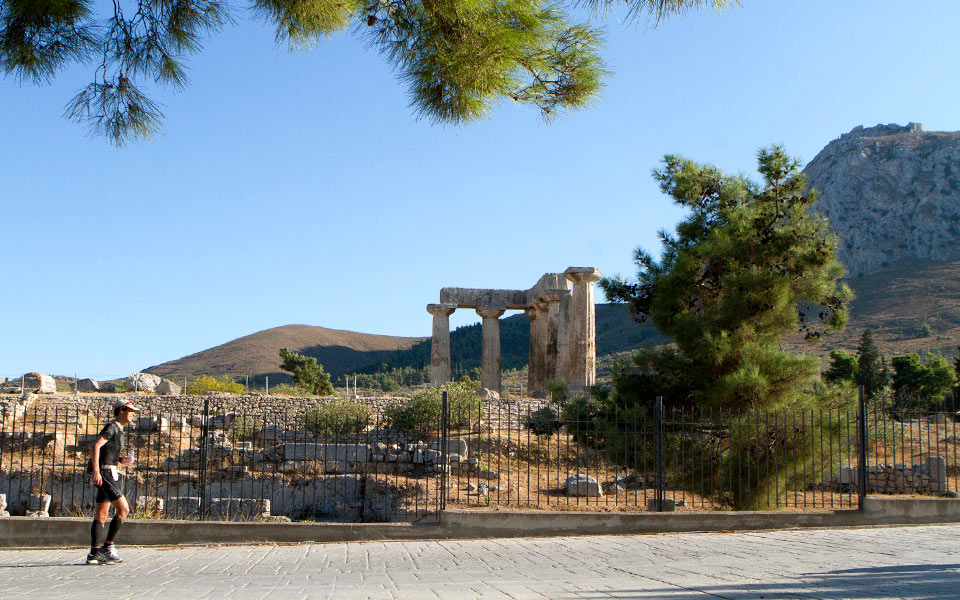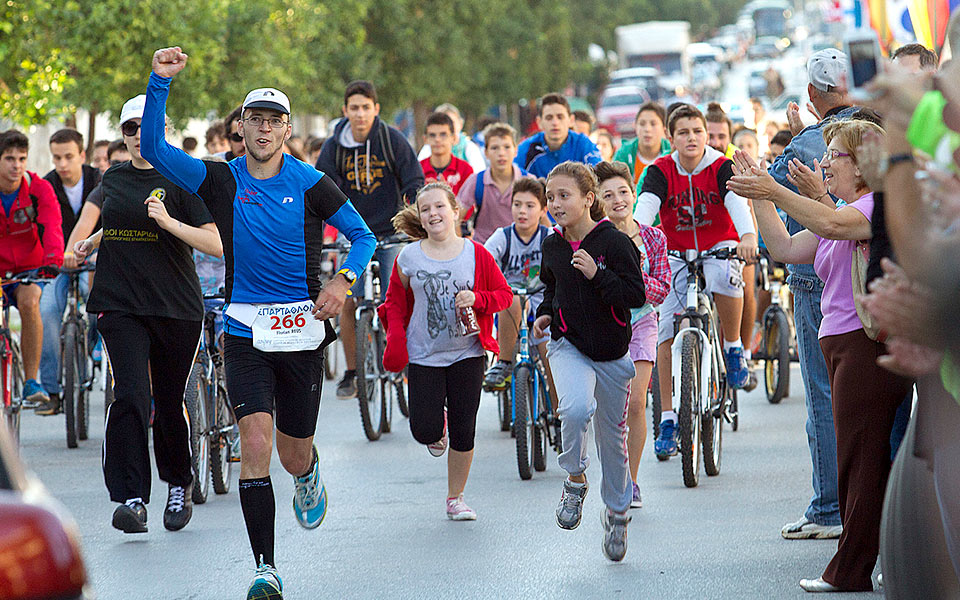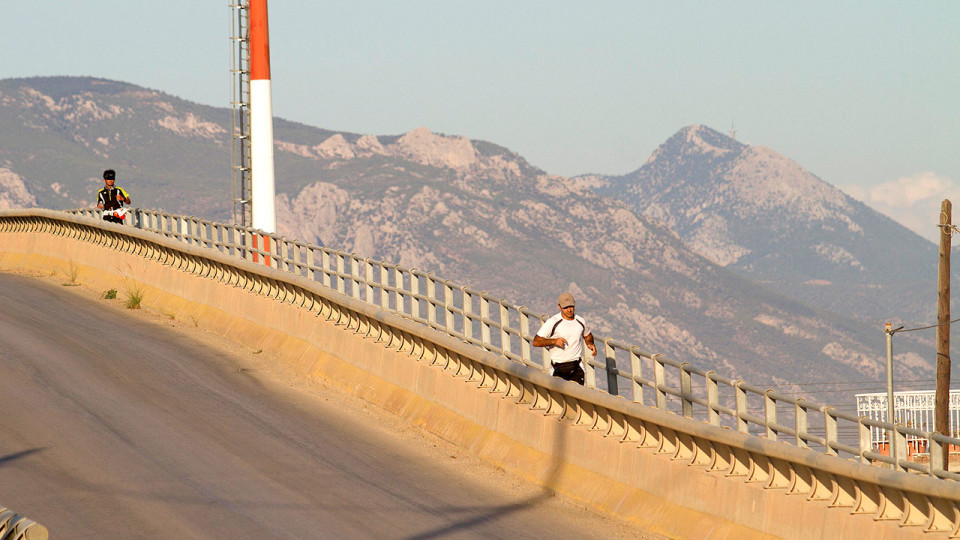Greece, Year 490 B.C. In one of the most famous battles in world history, the Battle of Marathon, there is an account written by the great historian Herodotus of brave Pheidippides. Sent by his generals to get reinforcements for the scanty Athenian forces against the forthcoming Asiatic incursion, the Athenian messenger ran from Athens to Sparta, covering 250km in just 36 hours.
Inspired by this incredible feat, the Spartathlon was born. It is this historical context and closely-connected Olympian ideals that has ignited the imagination and excitement amongst numerous long distance runners throughout the world. Attracted to the uniqueness and difficulty of the race, great runners from European countries and even far-flung lands including Australia, Japan, Canada and the USA have taken on this daring trial.

Since its inception in 1983, the International Spartathlon Association (I.S.A) has organised the race every September as, according to Herodotus’ account, Pheidippides’ epic mission to Sparta was made at that time of the year. This year, it will be held from 25 to 26 September 2015, and as with past years, rain, strong winds and temperatures as low as 4°C are expected.
Unfolding over rough tarmac road, muddy trail and mountain footpath, the Spartathlon course is conducted point-to-point over six sections. Courageous runners attempting to emulate Pheidippides will cross vineyards, citrus orchards, olive groves and pass by villages and the Temple of Apollo. Most challenging of all, these athletes will take on the 1,200 metre ascent and descent of Mount Parthenio in the dead of the night. Covered with rocks and bushes, this mountain is said to be where Pheidippides met the god Pan.
Aid stations placed every 3 to 5km are provisioned with refreshments and the runners’ personal supplies. The race is run under police and medical supervision with doctors, physiotherapists and emergency vehicles being on call throughout the 36-hour race duration. All these amenities are no surprise as the race is very demanding—not only is do runners have to tackle long distances over tough terrain and in harsh weather, but they also have to keep to strict cut-off requirements.
Based on statistics so far and due to the large number of athletes, the I.S.A. limits entries to only 60 runners from Japan, 45 from Germany, 60 from Greece and 25 from other countries. Still, at most, only about a third of the runners who leave Athens finish the course in Sparta. The goal of all participants is to complete the infamously gruelling course within the 36-hour limit.

Even the finest athletes start hallucinating as they cover the final stages winding up and down hills before descending into Sparta. Having lost all sense of time and reality, they are reduced to “automatic mode” as they push their weary bodies on. The city of Sparta turns out in full force to welcome the athletes as heroes at the finishing line, in front of the statue of King Leonidas. Just as Olympian winners would have been honoured in ancient times, all finishers are presented with an olive wreath and offered a goblet of water from the Evrotas River.
Check out their official website for more details.





